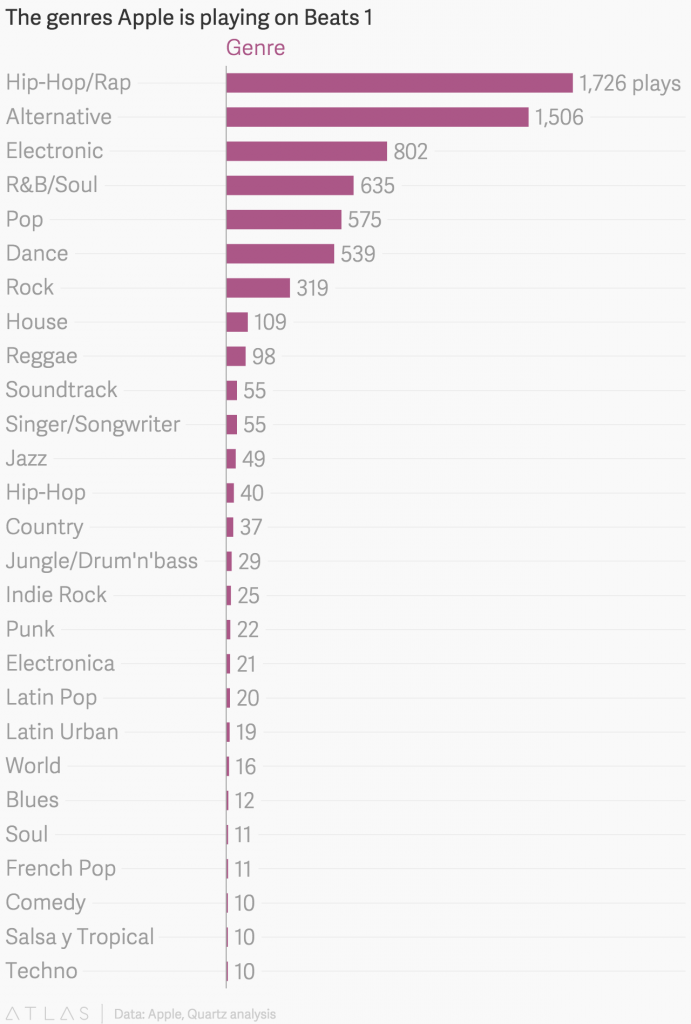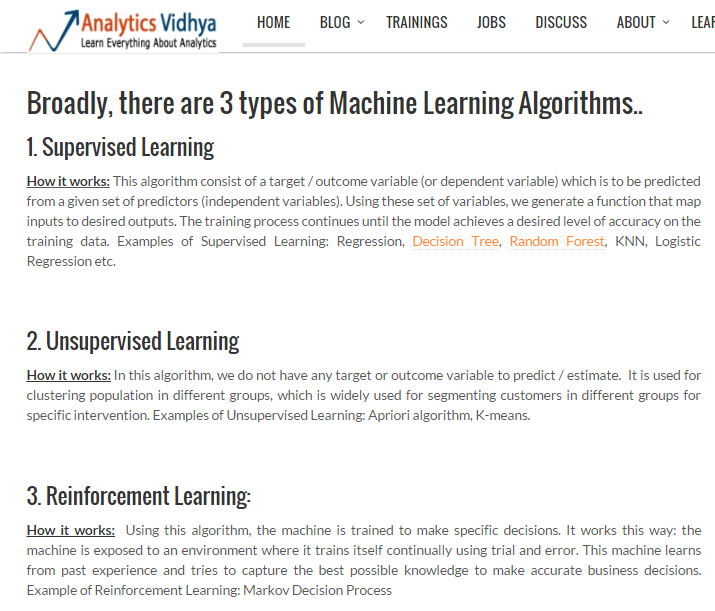Sections
Artificial Intelligence and Truck Drivers
[avatar user=”malm” size=”small” align=”left” link=”file” /]
The prospect of ‘evolutionary robotics’ moves ever closer to reality:
At the University of Cambridge, scientists have created a “mother robot” that can not only build smaller robots, it can also select the fittest among them for survival, and re-arrange the rest.
A development that will make the inhabitants of Anxious Avenue even more concerned about what happens next for humanity if any such setup becomes self-aware. Robotic consciousness is just one of several key artificial intelligence themes covered by Marshall Brain (founder of HowStuffWorks.com) in this fascinating and wide-ranging long recent interview on the Singularity Weblog:
For Brain, truck drivers will be the unlikely vanguard of the coming robot revolution. There are a million of them in the US alone and they are likely to the first middle class victims of technological unemployment. Other commentators also see self-driving cars as the standard bearers of mainstream artificial intelligence. And there are plenty of enthusiasts to talk up the benefits. TechCrunch even envision a proximate future only 15 years out that resembles sci-fi worlds foretold in which human-assisted driving will be illegal:
Driving a car will be illegal by 2030. Our economy will be severely impacted as millions of truck drivers, cabbies and delivery people are put out of work. In this era of endless innovation, man’s century-long relationship with the automobile is about to be permanently disrupted.
Tesla CEO Elon Musk is at the forefront of the self-driving car movement so is presumably well-placed to consider the disintermediation of driving as a profession. He is famously convinced that advanced AI is coming and that everyone (technically minded or not) need to prepare for its arrival:
Those developing AI need to avoid being cavalier, he said. And – as he has often said previously – he said the general public needs to be aware that AI is developing faster than many believe. .. “Just because somebody hasn’t experienced or isn’t deeply familiar with an advanced technology doesn’t mean it doesn’t exist,” he said.
However, reality is likely to be more complex and tangled with many unanswered questions about new potentially lethal forms of security risk created by smart connected cars:
The modern automobile is run by dozens of computers that most manufacturers connect using a system that is old and known to be insecure. Yet automakers often use that flimsy system to connect all of the car’s parts. That means once a hacker is in, she’s in everywhere — engine, steering, transmission and brakes, not just the entertainment system.
As if to underline the message, researchers demonstrated an exploit on a Corvette with an attached OBD-II dongle that involves application of brakes on a moving car via text message alone:
Bloomberg suggest if you don’t want your car hacked, don’t buy one with a computer inside it because as soon as you introduce software you introduce the potential to exploit it for vulnerabilities:
“a typical car uses 10 million lines of software code”
But not this one, with or without doors:

Mobile and Devices
- James Governor key takeaway from a Benedict Evans’ tweet comparing the stock performance of some leading US tech companies is the “frankly incredible ongoing performance of Microsoft” demonstrating that “dinosaurs can be unicorns too“ .
When I think of dinosaurs I think of incredibly successful life forms, that thrived over hundreds of millions of years. It is mankind that looks more like a blip. Maybe that’s what Benedict meant? A dinosaur offers sustained performance over time. I suspect of course, that’s not what he meant.
http://twitter.com/BenedictEvans/status/628636561601474560/
- TNW take a look at the Snapdragon 820 which will power a wave of Android M-based superphones launching around MWC 2016. The Adreno 530 GPU is the start of the show promising significant improvement in graphics performance:

- At the other end of the smartphone spectrum, Engadget analyse what you can realistically expect in a $50 smartphone which is the price point Android One is targeting in India. In fact what the experiment reveals are the harsh conditions many Android OEMs are operating under:
If this thought experiment has revealed anything, it’s that there’s no such thing as a profit in the Android world any more. You know it’s true when a company as notable as HTC is considered to be effectively worthless and LG makes just 1.2 cents in profit for every device it sells.
- Asymco highlights evidence on the ‘new phone switchers’ backing Tim Cook’s assertion that “Apple has seen the highest switching rate from Android ever” over the last six months adding even more pressure on Android OEMs trying to break out of the low-cost product category:
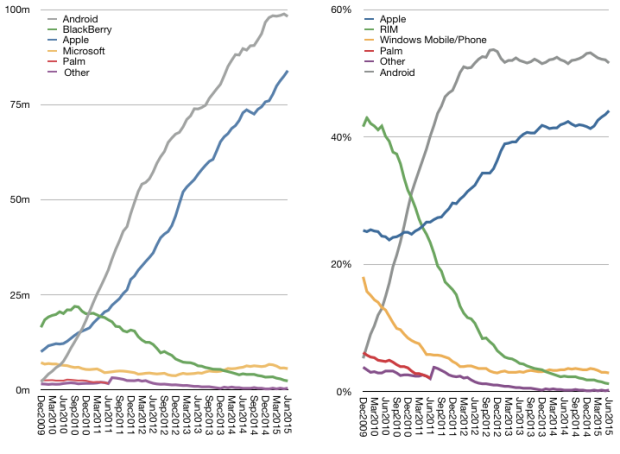
Amazon
- Staying with the theme of sweating for a living, a no-holds barred NYT exposé of Amazon’s “brutal” work culture created a media storm. It painted a disturbing picture of a company pursuing “a little-known experiment in how far it can push white-collar workers, redrawing the boundaries of what is acceptable“:
At Amazon, workers are encouraged to tear apart one another’s ideas in meetings, toil long and late (emails arrive past midnight, followed by text messages asking why they were not answered), and held to standards that the company boasts are “unreasonably high.” The internal phone directory instructs colleagues on how to send secret feedback to one another’s bosses. Employees say it is frequently used to sabotage others.
- Vivid alumni anecdotes including one from a former employee whose “enduring image was watching people weep in the office” demanded a clear response and Bezos duly delivered with a widely reported company email:
The article doesn’t describe the Amazon I know or the caring Amazonians I work with every day. But if you know of any stories like those reported, I want you to escalate to HR. You can also email me directly at jeff@amazon.com. Even if it’s rare or isolated, our tolerance for any such lack of empathy needs to be zero.

- Stuart Heritage in the Guardian wasn’t convinced and announced he would be boycotting the company. He also made this acerbic connection:
Reading the piece, you start to wonder if Amazon paid so much money for Jeremy Clarkson’s new show not because it thinks cars and bootcut jeans are cool, but because it just really wanted to endorse the notion of workplace bullying.
Google and Android
- Google’s reorganisation under the Alphabet umbrella continued to generate media interest. A Quora poster asked “What do Google employees think of the creation of Alphabet Inc?” to which the following response will be familiar to anyone who’s been unwittingly involved in corporate gyrations of this sort in the past. On a personal level it brought to mind the mildly chaotic and equally sudden creation by fiat of Symbian:
So it’s a pretty weird feeling right now because I don’t actually know which company I belong to.
- Most commentators aligned with the assessment provided by the NYT. Namely that it is a move designed to restructure a business that has diversified wildly in the last few years in a way that Wall Street can make sense of:
Google’s move is the most significant step by a Silicon Valley giant to get a handle on the sprawl of businesses that it has entered, an issue that increasingly afflicts other technology companies like Facebook and Amazon.
- As if on cue, Google shares initially rose by 6% on the news. An irreverent TNW respondent took liberties with both the alphabet and the Google “Do No Evil” meme by going through an A-Z of evil possibilities that Alphabet might end up unleashing on the world. Under “B for Battlebots”:
I’ll be screaming that phrase as the future version of BigDog bares down on me, shrugging off the automatic weapons fire like a cloud of gnats, coldly intoning its battle cry: THE HUMANS ARE DEAD, THE HUMANS ARE DEAD.
- Which makes this somehow all the more uncomfortable really. Especially the bit 1.05 minutes in when the presenter talks about “mobility that’s sort of within shooting range of yours“:
https://youtu.be/NwrjAa1SgjQ
- Meanwhile, back to on planet Earth, there were more mundane proximate matters for Google to deal with in the form of a setback in attempts to resolve the Android Stagefright vulnerability that hit the headlines last week. Researchers found a security hole in their first set of patches forcing Zimperium to update their scanner app.
Apps and Services
- Beats 1 is billed as the “world’s local station“. An early analysis highlighted by Quartz suggests that it is following a fairly conventional path in terms of musical taste:
- TechCrunch on how AI-powered OS notifications vs. messaging apps is the next big mobile battleground and why the likely winners will be Facebook and WeChat:
for Apple and Google to capture the intent oriented activity will be a much steeper hill to climb. Their notification panel or activity feed is primarily designed around passive activities. And though Apple and Google might think otherwise, the notification panel is unlikely to transform into an engaging enough platform that can also serve goal oriented activities and habits.
- Facebook have released a technical preview for Relay, the “missing link” that supplies backend server-side async support for the popular UI-focussed React JS. It should see rapid take-up amongst React enthusiasts:
While React simplified the process of developing complex user-interfaces, it left open the question of how to interact with data on the server. It turns out that this was a significant source of friction for our developers; fragile coupling between client and server caused data-related bugs and made iteration harder. Furthermore, developers were forced to constantly re-implement complex async logic instead of focusing on their apps. Relay addresses these concerns by borrowing important lessons from React: it provides declarative, component-oriented data fetching for React applications.
- Facebook also see Relay as a key element for React Native:
The UK is now a “smartphone society”. Two thirds of people now own a smartphone, using it for nearly two hours every day to browse the internet, access social media, bank and shop online.
Machine Learning and Big Data
- An approachable and useful high level summary of common machine learning techniques and algorithms complete with Python example code from a practitioner perspective. Here’s a flavour of the writing style:
- Google’s multi-layer “deep dreaming” framework is rather over-enthusiastically talked up as an “artificial brain” in a post on themindunleashed.org which also uses the “four v’s” high level model to explain why:
Artificial neural networks use volume, variety, velocity, and veracity. Volume is present in the overall vast scope of images that exist on the internet, and variety follows suit. Velocity and veracity both correlate to the synthetic brain’s decision making process. When the decision making process is automated, veracity is related to the steps the fake mind takes to infer something and it uses velocity when it analyzes and organizes.

- This sentiment analysis API benchmark by MonkeyLearn provides some useful insight but unsurprisingly has their API top of the pile.

- In an interesting development machine learning startup BigML have partnered with Telefonica Open Future to “build the World’s First Automated Early Stage Investing Platform” in an attempt to apply predictive techniques to the world of technology investment.
The new @OpenFuture_ – @bigmlcom algorithm will make it possible to select the best #startups ripe for investing inhttp://t.co/lnVNHSjRPG
— Telefónica (@Telefonica) August 12, 2015
- Without recourse to prediction, the seven startups that are already “owning the data game” according to this article are Uber, Foursquare, Zapier, Feedzai, Spotify, PlaceIQ and BeyondSports.
Wearables and the Internet of Things
- This largely favourable review of the rose gold Apple Watch Edition from a poster who has been wearing one for several months generates polarized responses as one might expect. Apparently the first question everyone asks is how much it costs ($13k):
The value proposition for the Apple Watch Edition is very strange, I’ll admit that. You get virtually the same software and hardware experience as the Apple Watch or Apple Watch Sport. You don’t get increased performance or utility, but rather, merely the addition of more precious materials.
- The article points out that the Edition is not the first gold smartwatch either. That honour falls upon the HP-01 gold calculator watch released nearly 40 years ago in 1977:
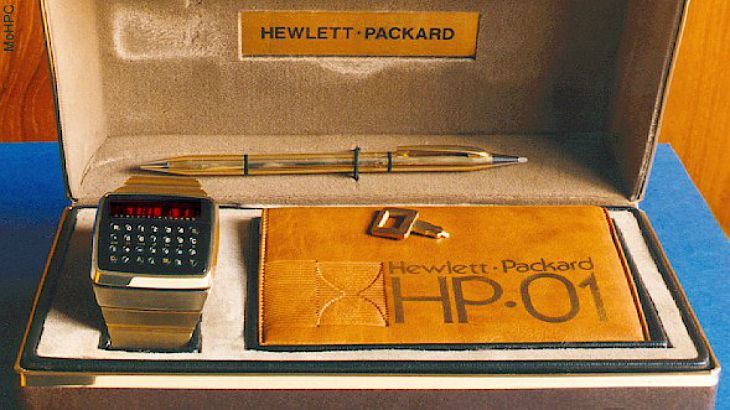
- Benedict Evans also offers his alternative take on the gold watch suggesting that: a) it’s too early to tell if it will be successful or not and that, b) the luxury is really in the features not the fittings:
the irony is that it’s not actually the gold that’s the luxury but the software – that tap on the wrist telling you to turn left. In a sense, the gold case is an accessory to the software in the same way that the strap is an accessory to the watch.
- The top end 18-carat Ungaro gold smart ring will retail at an eye-watering $2k:
“this ring links to your phone — iOS first, Android due Q1 2016 — over Bluetooth LE, and will only vibrate when you receive a call or text message from your one and only selected contact. The tiny battery inside lasts up to five days.”

- Really good Estimote post on the state of Bluetooth beacons in the Enterprise environment makes a number of very important points including the need to adopt a customer-centric approach and ensure standardised API access from platform vendors. Also the need to make installation easier and ensure that beacons are field-updatable:
Beacons, at their core, should be software defined and agnostic to the services and lower level protocols they run. What this means in practice is that beacons need to be defined via software, at a point later in time than deployment. This seems blindingly obvious but technically is extremely difficult to implement and usually a deferred concern until right before the decision to go to scale – no enterprise should install beacons unless they can be recalibrated in seconds inside a live store and are field updatable.
Raspberry Pi
- Raspberry Pi and Windows 10 IOT core is “a huge letdown” according to Hackaday:
While Windows 10 IoT Core is great for any company that has a lot of Visual Basic and other engineering debt, it’s not meant for hackers, makers, or anyone building something new.
- Retropie 3, however, sounds altogether more compelling:
This retro-gaming project brings together a collection of popular emulators for those computers and consoles that you grew up with from the 70’s, 80’s and 90’s, all wrapped up and ready to run on the famous Raspberry Pi.
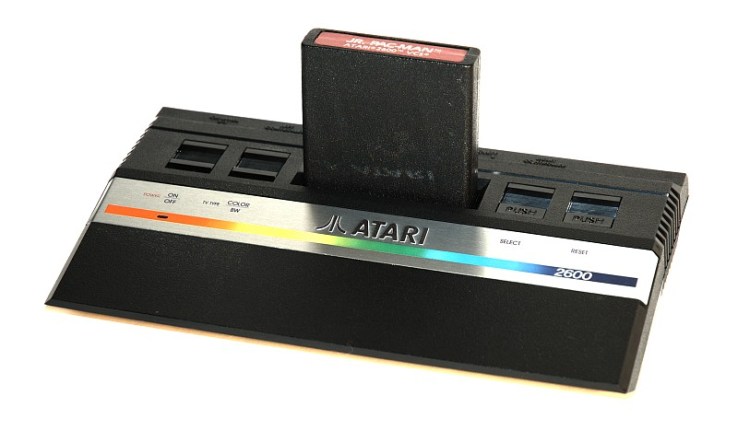
- Ben Nuttall on the Raspberry Pi, Python and education:
Want to drive a robot? Or control a robotic arm? Or build an embedded control panel? Or make a sous-vide machine? You can use Python for all of these! … Physical computing is a powerful tool in education as it’s so engaging and empowering for young people to be in control of things in the real world, be creative with technology, and dive into the internet of things.

Software Engineering
- REPL (read-evaluate-print-loop) is coming to Java 9 in the form of JShell which looks a little verbose:
$ bash ./scripts/run.sh | Welcome to JShell -- Version 0.710 | Type /help for help -> Math.sqrt( 144.0f ); | Expression value is: 12.0 | assigned to temporary variable $1 of type double -> $1 + 100; | Expression value is: 112.0 | assigned to temporary variable $2 of type double -> /vars | double $1 = 12.0 | double $2 = 112.0 -> double val = Math.sqrt( 9000 ); | Added variable val of type double with initial value 94.86832980505137
- Why top-rank software technology companies still use linked lists and friends in coding interviews to sort the wood from the binary trees:
It’s evolved into a rite of passage. Every engineering candidate, from fresh-faced grads to authors of crucial open source contributions, solves fundamental data structure problems on the spot for interview screenings.
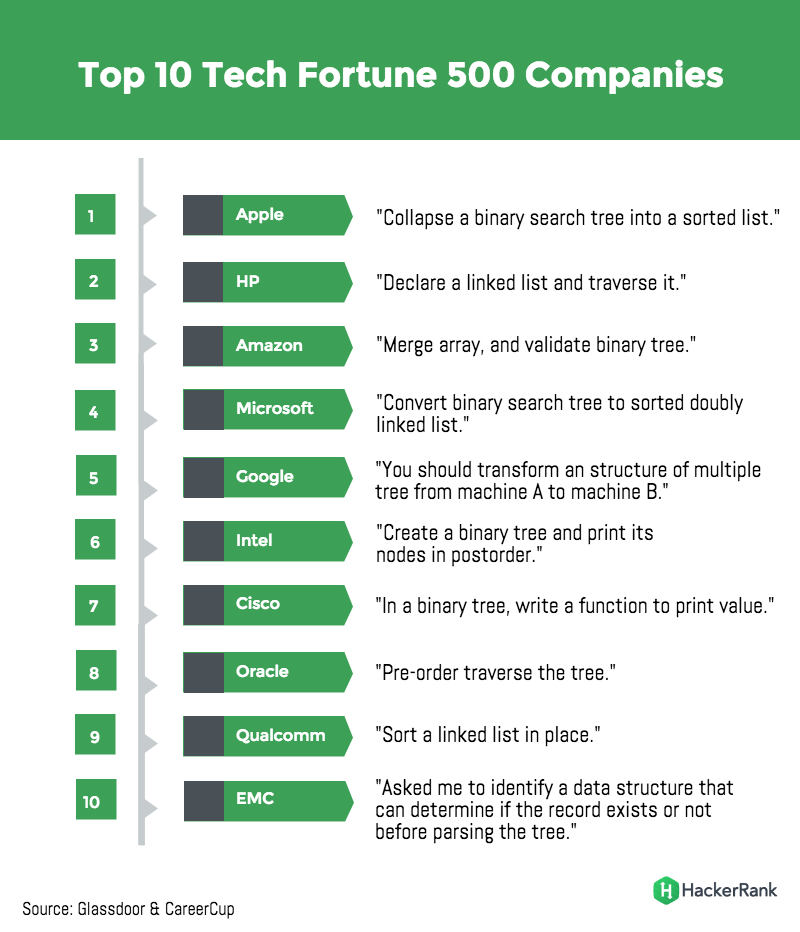
- Mildly contrarian post suggesting “you don’t need coding skills to work at a startup” – communication, flexibility, enthusiasm and above all curiosity are more important as the tech components trend to “commodity” status:
“It is increasingly less prohibitive for anyone to start their own technology business. This shift is likely to throw the focus on “soft skills” like decision-making, creativity and time management, more than the latest systems and frameworks.”
- Still worth gaining some acquaintance with how web apps work, though. And this first in a series of tutorials covering the basics of creating an API-driven web app builds a simple example that uses the iTunes API covering these four stages of development:
- Wireframe the basic experience
- Produce mocks in Sketch
- Build in HTML/CSS
- Add interactivity via JavaScript

- The Quora question, “Ideally how many screens would programmers have when programming?” yields this emphatic response:
Strategy and Brand
- Former Netflix VP Product Management Gibson Biddle on “three simple and powerful tools to define an enduring brand starting now“:
- A positioning model will help you locate the place your brand should occupy in a consumer’s mind.
- A pyramid model is a way to ‘level up’ from the attributes that define your product to the benefits it delivers.
- A concept summary takes all of the thinking from your positioning model, branding pyramid and internal discussions about what your company wants to be when it grows up — and reduces it to one paragraph.

Leadership
- FirstRound on the importance of cultivating habits for leadership with the suggestion that one of the best is to do nothing but reflect for 15 minutes a day:
Spend 15 minutes a day in reflection — true reflection, in a quiet space, with your inbox closed.
Space
- The universe is “still producing new stars every now and again, but the rate at which old stars are fading outstrips these bright young things”. Understanding where it will evolve from here depends largely on fathoming out dark energy.

Culture and Society
- Thomas Thwaites is a “speculative designer” who undertook a project a few years ago to build a toaster entirely from first principles (or “A Heroic Attempt to Build a Simple Electric Appliance from Scratch”) and then wrote a book about it. For his latest trick, he’s been “trying to live life as a goat“. He recently explained his motivations and observations from this strange experience to vice.com.

- Susan Greenfield has long been concerned about the impact of digital technology on human development. Her recent impassioned Guardian article entitled “We can’t ignore that technology is changing our brains” outlines her stance. In it she points out that:
“it’s worth noting that recent research shows that some teens are using IT for up to up to 18 hours per day, when media-multi-tasking is taken into account. Palatable or not, other research suggests that intense use of the internet and video games may lead to microstructural abnormalities in the brain, and the effects may be comparable to those of drug abuse.”
